
HBO (CAS) 2023 – Qube SMPTE!
Aug 17 2025
HBO Camera Assessment Series (CAS) 2023 – Screening Report
Hosted by Qube Cinemas | Presented by SMPTE | August 16, 2025
On August 16, 2025, Qube Cinemas, in association with SMPTE, proudly hosted the HBO Camera Assessment Series (CAS) 2023 screening in Chennai. Produced by HBO (now part of Warner Bros. Discovery’s Max), CAS is an ongoing project spanning more than a decade that evaluates high-end cinema cameras and film formats under real-world production conditions.
The Chennai edition included morning screenings for students of Cinema Factory Academy and MGR Film Institute, followed by an afternoon session for SICA members.



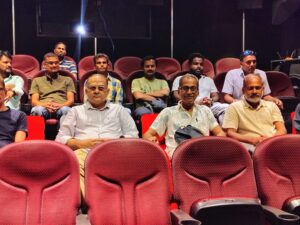

Monica from Qube Cinemas opened the event with a warm welcome, underscoring the importance of SMPTE in setting global technical standards for the film and television industry. She encouraged students and professionals alike to regularly explore SMPTE’s online resources, which provide extensive technical insights for deeper learning. Monica also reaffirmed Qube’s commitment to empowering the film industry by bringing educational and technical programs in partnership with SMPTE, ensuring that professionals and students stay updated with evolving practices and technologies.
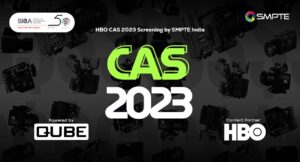
About the CAS Project
Unlike traditional lab tests, CAS stages short, HBO-style dramatic scenes with actors, intricate lighting, and high production value. Each scene is shot on multiple cameras to test performance side-by-side in identical conditions, allowing direct comparisons on a 4K projection screen.
Cameras Tested
- ARRI Alexa 35 – new-generation benchmark for dynamic range.
- ARRI Alexa Mini – widely used HBO production workhorse (baseline reference).
- Sony Venice 2 – renowned for color and dual ISO performance.
- RED V-Raptor (VV sensor) – praised for resolution and clean shadows.
- Blackmagic URSA Mini Pro 12K – high resolution, cost-effective option.
- 35mm Film (Kodak Vision3 500T / 5219) – including a 2-stop push for low-light comparison.
All cameras were tested at native ISO with Zeiss Supreme Prime lenses, graded through an ACES pipeline with only a one-light correction (no advanced grading, NR, or post tweaks).
Key Tests and Observations
1. Skin Tone Test
Shot with LED panels (Creamsource Vortex RGB) instead of traditional tungsten.
Results surprised many: film (5219) appeared slightly desaturated, while Sony Venice 2 oversaturated reds.
RED V-Raptor and Alexa 35 gave particularly natural skin tones.
2. Color & Patterns Test
Whimsical, Wes Anderson–inspired dollhouse set.
Checked moiré, highlight/shadow color accuracy.
All digital cameras held well, differences visible mainly in saturation edges.
Mixed Lighting Tests
Multi-room set lit with fluorescents, mercury vapor, neon, TV screens, and daylight.
Film and Alexa Mini picked up a green spike in fluorescents;
Alexa 35 picked up strong green from mercury vapor while rendering fluorescents neutral.
4. Dynamic Range & Latitude
Scenes spanned extremes: -8 stops under to +10 stops over, from dim candles to fireworks and sheer curtains.
Alexa 35 and film excelled in highlight retention;
Venice 2 desaturated oranges in dim tungsten;
V-Raptor clipped highlights but shone in shadows.
5. Available Light / Full Moon Test (3200 ASA)
Venice 2 and V-Raptor were cleanest in moonlight.
Alexa 35 showed compression artifacts during motion.
Film (2-stop push) was grainiest; Blackmagic 12K showed fixed pattern noise.
6. Resolution Comparison
Despite its 3K sensor, the Alexa Mini held up well in 4K projection against 6K–8K sensors, reaffirming its production value.
7. Image Elasticity & Underexposure
V-Raptor excelled, showing clean shadows and natural tonality under exposure stress.
Alexa 35 revealed minor compression artifacts in extreme low light movement.
Advantages of CAS
Comprehensive Evaluation – Fair, side-by-side comparison of major cameras plus film.
The method of filming is another highlight with much information, colors, different lighting setups, huge production values and staging of actors especially visual scheme and filming method the rigs the follow ups of characters and particularly the focus of jumping character camera gliding follows into the under water where the focus is entirely different and difficult and seamless accuracy in the visuals.
2. Advanced Methodology – ACES pipeline ensures neutral, consistent color management.
3. Real-World Scenarios – Staged drama scenes simulate actual HBO production setups.
4. Dynamic Range & Color Accuracy – Crucial HDR and low-light performance tested.
5. Educational Value – A rich learning resource for both professionals and students.
6. Industry Collaboration – Sparks conversation between studios, filmmakers, and cinematographers.
7. Continuous Innovation – Adapts yearly to reflect new technologies and workflows.

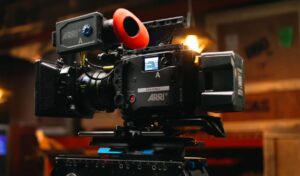
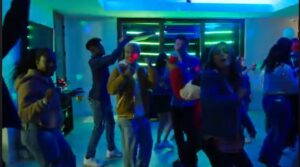

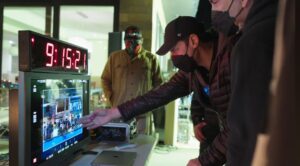
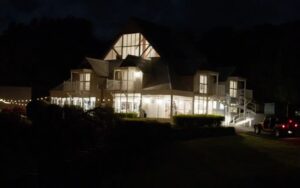
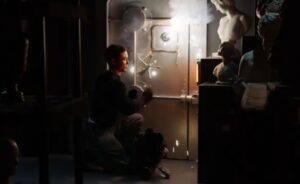
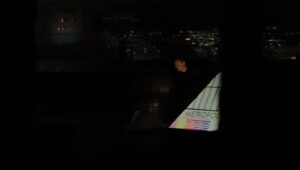
Reflections on Film vs Digital Cameras
One of the strongest takeaways was how narrow the gap has become between cameras. Improvements in color gamut, dynamic range, and post flexibility have made most systems look surprisingly similar, with differences showing up only in stress tests.
Film remains strong in highlight roll-off and certain mixed-light situations, but suffers in pushed low-light tests.
Alexa 35 is the new benchmark for dynamic range, rivaled only by film.
Venice 2 is excellent but showed inconsistencies in saturation.
V-Raptor emerged as a surprise performer, excelling in underexposure, low-light elasticity, and natural skin tones.
Alexa Mini continues to prove its production-worthiness even after a decade.
Blackmagic 12K offered affordability and resolution, though fixed pattern noise was noticeable.
Closing Notes
The CAS 2023 screening in Chennai proved to be a rich educational experience for students and industry professionals alike. By seeing the tests projected in 4K, participants could draw their own conclusions about which system best suits their creative and budgetary needs.
As Monica from Qube emphasized, CAS is not about naming a “winner,” but about empowering filmmakers to make informed choices. The event also highlighted Qube Cinemas’ strong commitment to advancing the industry, by bridging education and technology in collaboration with SMPTE. For Cinema Factory Academy students and MGR Film Institute attendees, the morning session was an eye-opener, while the SICA members’ discussion in the afternoon reinforced the value of ongoing collaboration and knowledge-sharing in cinematography’s future.
Drafted by
CJ Rajkumar
Author/ Cinematographer
